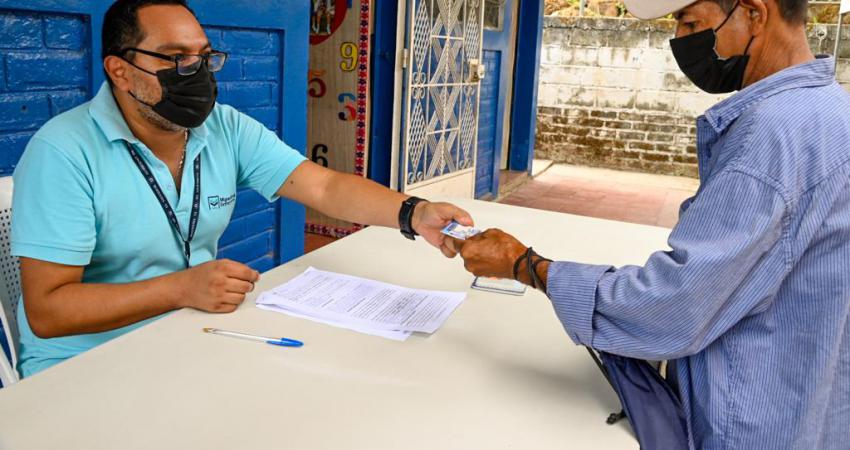Migration Regularization: 4 prevailing challenges in Mesoamerica and the Caribbean

In 2021, IOM developed the Regional Study on Migration Regularization Programs and Processes (in Spanish), which conducted an inventory of these sort of policy in Belize, Costa Rica, El Salvador, Guatemala, Honduras, Mexico, Panama and the Dominican Republic. By 2020, these eight countries counted 2.9 million migrants among their population.
Because of the very nature of the issue, it is impossible to count how many of these people are in an irregular situation. However, contrasting figures of people returned by migration authorities in Mexico (149,982 in 2019 alone) and people who chose not to answer about their migration status in a survey conducted by the IOM in Tapachula (45%), it can be estimated that the figure is several hundred thousand people.
In this context, the study found 57 active regularization initiatives in the countries in question. Of these, 24 had been created explicitly for people in irregular status, while the rest benefited them tangentially by allowing them to present their documentation.
The main criterion used to allow regularization is the existence of family ties, but there are also programs that use the criteria of temporality of stay (allowing regularization to people who entered or stayed in the country on specific dates), work permits and benefits to specific nationalities.
Despite these advances, the study identified four major challenges that must be addressed in the coming years to ensure better migration management in the region:
1. High costs: regularization programs usually require the payment of a processing fee and the payment of fines for irregularities. In addition, people usually incur expenses for legal representation, transportation to government offices and obtaining or translating some documents. High costs were identified by all key informants as the main limitation for people to access regularization.
2. Complex procedures: not all countries have centralized information that is accessible and available in several languages. For these reasons, there is confusion among migrants about procedures and requirements.
3. People fall into irregularity again: it is common for regularization processes to generate amnesties of costs or fines, but these are not maintained for subsequent renewals. In addition, renewal is required with a very high frequency, may require documents that are difficult to obtain, and is a procedure that is conducted in fewer offices. Consequently, the research found that it is common for people to fall back into irregularity after regularization.
4. Some processes facilitate regularization, but not the integration of migrants. That is, they grant a legal identity document, but prevent access to services or the labor market, limiting the contributions that migrants can make in receiving countries. In order to maximize all the benefits of migration, it is necessary to consider integration as a follow-up to migration regularization.
Interested in learning more about this topic? Read the full research here (in Spanish).